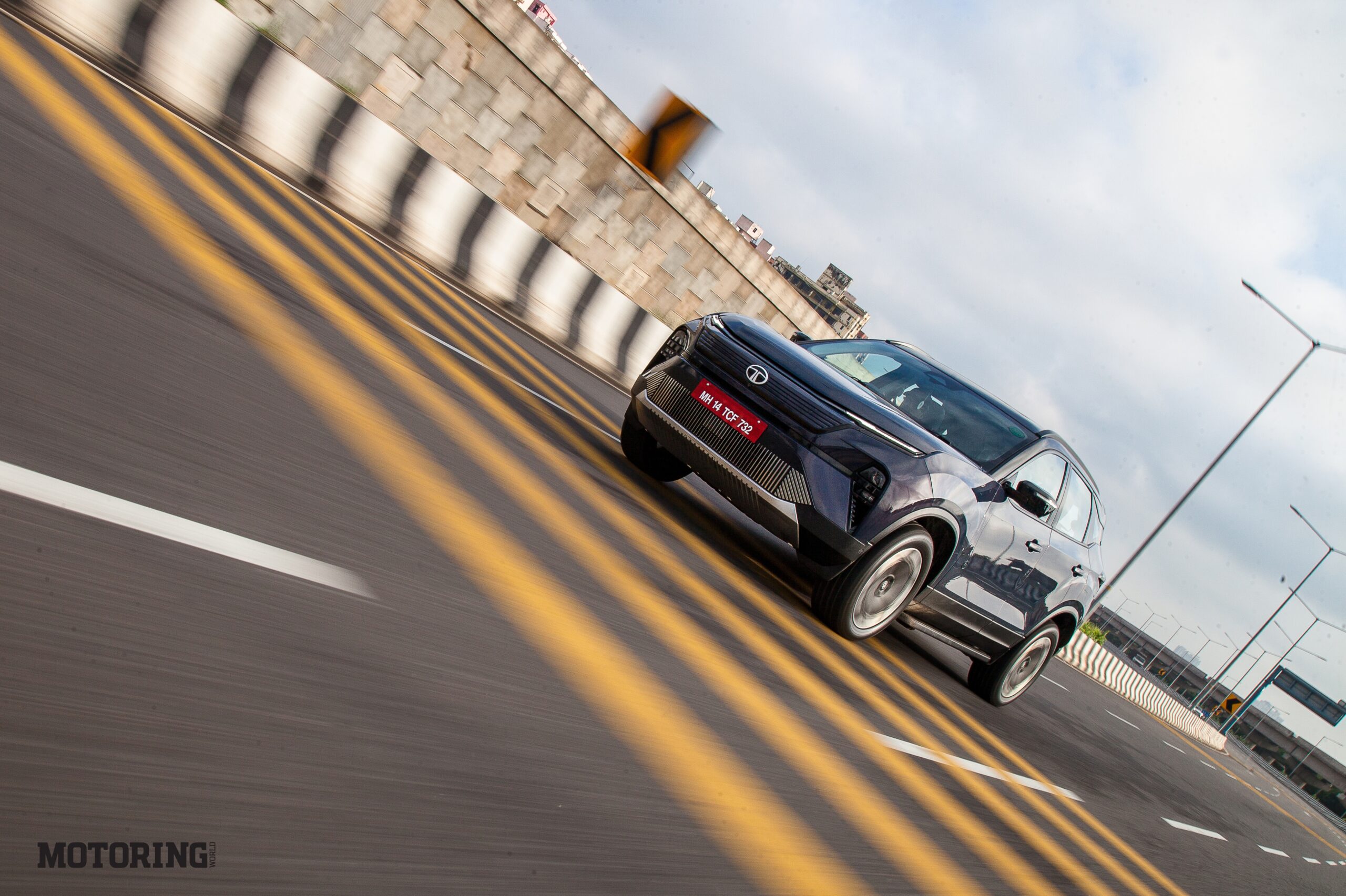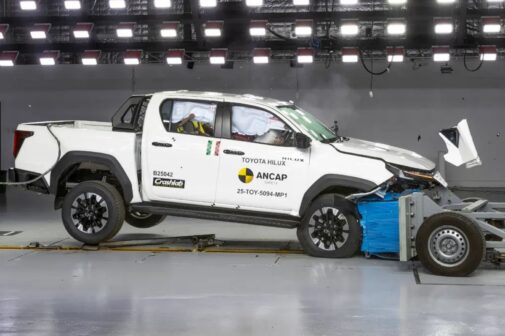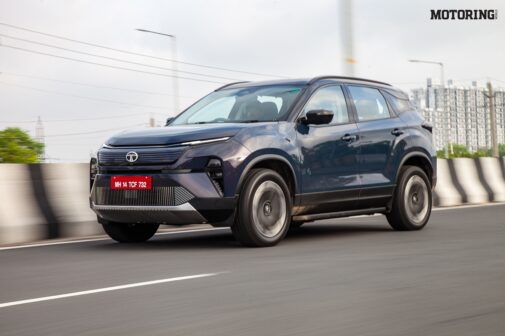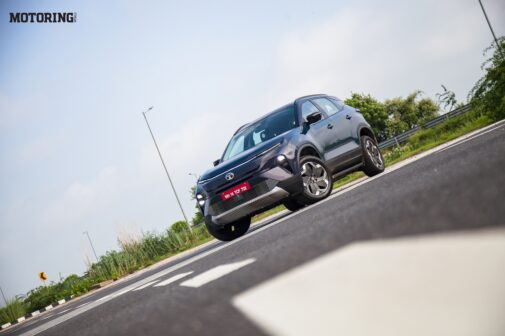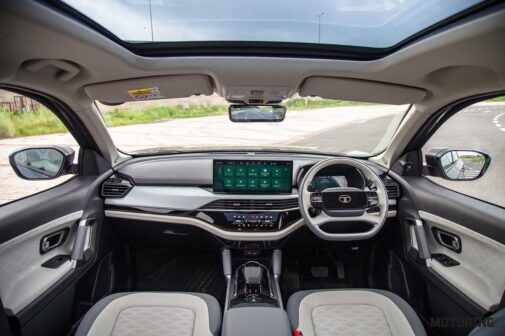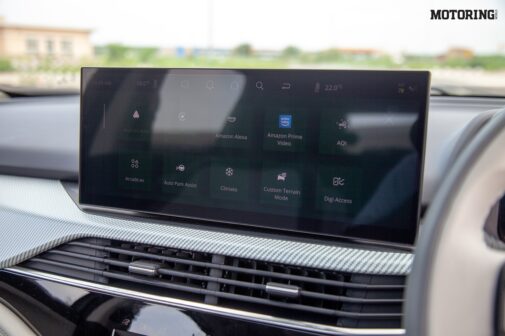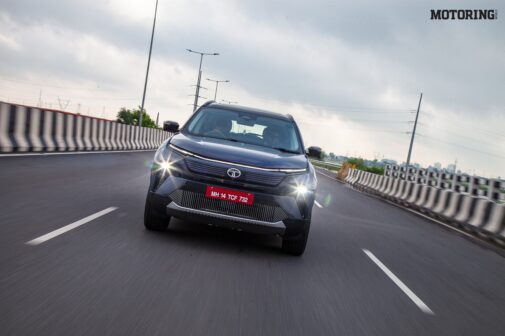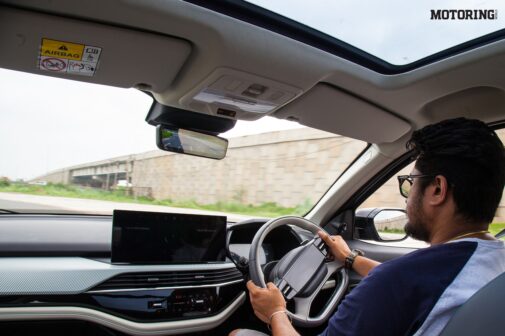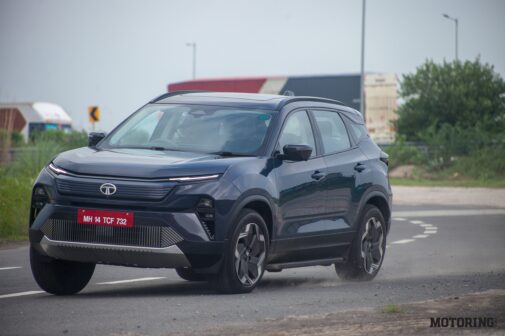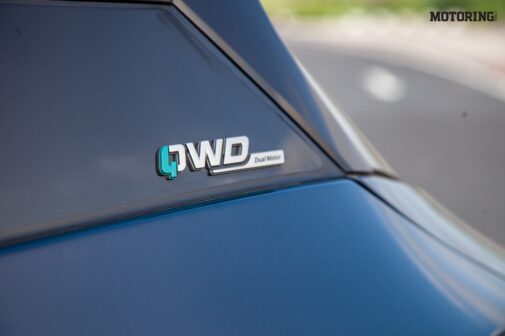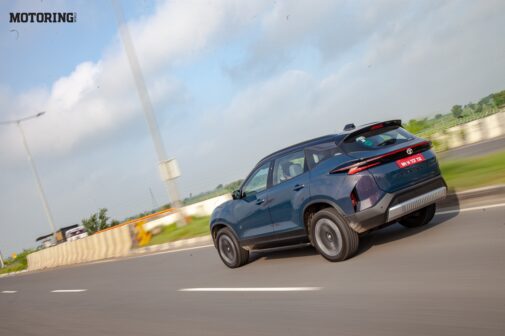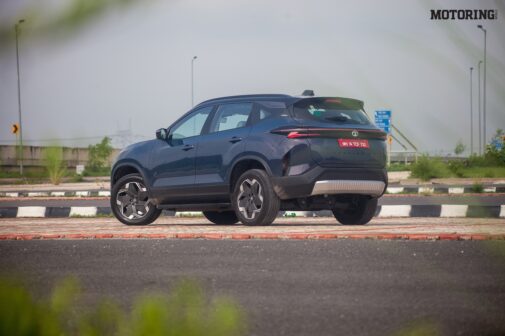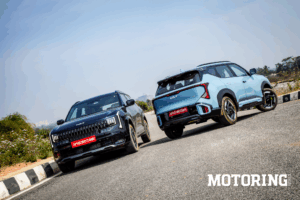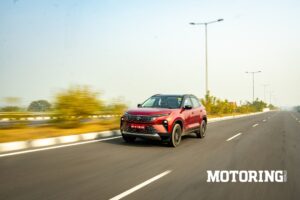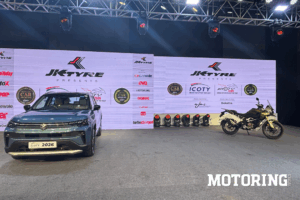What does ‘hype’ really mean? According to the dictionary, it’s defined as ‘excessive publicity and the ensuing commotion.’ But what does that have to do with a car? Well, in the case of the Tata Harrier.ev, quite a lot. Long before Tata Motors showcased the production-ready version at Auto Expo 2025, curiosity and excitement had already reached fever pitch. Enthusiasts were glued to their screens, dissecting every spy shot, teaser, and hint.
‘Tata fanboys,’ as the internet calls them, went into overdrive every time new details emerged. Social media was abuzz, forums were flooded, and the hype wasn’t just real, it was relentless. Naturally, the question followed: why all this hype? What is it about the Harrier.ev that sent the internet into a tizzy? That’s what I set out to understand during my time behind the wheel.
To be fair, my colleague Kurt did get an early glimpse of the Harrier.ev during Tata’s ‘Quad Day’ event at the BIC, but that was more of a teaser than a complete experience. It wasn’t until I spent meaningful time with the Harrier.ev that I truly began to connect the dots.
I’ll admit it upfront, the Tata Harrier.ev had already won me over in the design department. Compared to its more flamboyant rivals, the Harrier.ev takes a more mature and sophisticated approach. Built on the solid foundation of the facelifted ICE Harrier, the EV version cleverly blends familiarity with quirky EV centric touches.
The puffed-up wheel arches and sharp shoulder lines remain, now complemented by EV-specific cues like a closed-off grille and aero-optimised 19-inch alloy wheels. Subtle EV badging on the door and tailgate keeps the look clean, while the unique ‘QWD Dual Motor’ emblem hints at its drivetrain. Slightly larger than its ICE sibling, 2mm longer and 22mm taller — the Harrier.ev shares the same 2,741mm wheelbase. The extra height enhances its road presence, while the redesigned rear subtly incorporates an aero diffuser.
Inside, it’s more evolution than revolution. A segment-first 14.53-inch Samsung Neo QLED touchscreen headlines the dashboard, flanked by a crisp 10.25-inch digital driver’s display. The illuminated Tata logo on the four-spoke steering wheel adds a classy, modern touch. Premium materials, ambient lighting, and a thoughtfully layered dual-tone dashboard complete the upscale cabin. That said, the all-white interior offered on the Empowered edition, while striking, might not age well in India’s dusty conditions. The 502-litre boot (expandable to 999 litres) and frunk add practicality. However, the raised loading floor, due to the spare tyre, makes hauling luggage a bit tricky.
Features-wise, the Harrier.ev doesn’t disappoint. A sleek touch-based HVAC panel, rotary terrain mode selector (Normal, Snow/Grass, Mud-Ruts, Sand, Rock Crawl, and Custom), powered and ventilated front seats, Boss Mode for the second row, panoramic sunroof, and a 10-speaker JBL system with Dolby Atmos 5.1 surround sound make it feel truly premium. There’s also a powered tailgate, all-digital IRVM, auto park assist, and drive modes, Eco, City, Sport, and Boost.
Underpinning it all is Tata’s new TiDAL (Tata Intelligent Digital Architecture Layer) platform, which powers connected features like OTA updates, voice commands, smartphone integration, and more. There’s also a 540-degree camera with kerb alerts, DrivePay for seamless toll and EV charging payments, and even V2L and V2V charging capabilities.
I drove the range topping Harrier.ev QWD dual motor variant. Built on Tata’s Gen 2 EV architecture, it packs a 75 kWh battery. The main 238 bhp rear permanent magnet motor is supported by a 158 bhp front induction motor, delivering a combined max power output of 313 bhp and 55.06 kgm of torque.
While in City and Eco modes, the acceleration feels smooth and linear, Boost mode takes things up quite a notch. That rapid rush of torque was addictive enough for me to keep the Harrier.ev in Boost for most of my drive. On the empty patches of the Delhi–Mumbai Expressway, I couldn’t resist mashing the accelerator pedal in Sport just to feel that surge of power, which soon had the speedometer showing numbers well beyond the legal limit. So, while Eco and City modes prioritise efficiency and everyday driving, Sport mode certainly takes the cake for being the most engaging.
Despite its heft, the Harrier.ev feels composed on the move. The steering is light at low speeds and gains weight nicely as you speed up. It’s not as sharp as a sports car, but for a large SUV, it handles with assurance. Body control is well-managed, and Tata has done a commendable job of balancing ride comfort and dynamics. A big part of this composure comes from its all-independent suspension setup with frequency-dependent dampers. The ride is plush, soaking up potholes and undulations with ease. Even with the 19-inch wheels, long-distance comfort is excellent. Braking performance is strong, thanks to all-around disc brakes, and the regenerative braking is tuned gently, making it smooth for everyday use. However, the lack of single-pedal drive is noticeable, especially in city traffic.
Now for the party trick: Drift Mode. Yes, the Harrier.ev comes with one. No, it won’t let you go full Ken Block. It simply shifts more power to the rear motor, giving the SUV a livelier, rear-biased feel, especially on loose surfaces. It’s more gimmick than game-changer, but fun, nonetheless.
As for range, Tata claims 627 km (RWD) and 622 km (AWD) on the MIDC cycle. I started my drive at 100 per cent with 492 km of indicated range and ended with 59 per cent battery and 240 km still to go, indicating a real-world range of about 450-490 km. With a 120kW DC fast charger, it takes just 25 minutes to charge from 20 per cent to 80 per cent. A 7.2 kW AC charger takes approximately 10.7 hours for a full charge.
As my drive came to an end, I reflected on the whirlwind of buzz surrounding this SUV. And honestly, I get it. Tata has been a key player in shaping India’s EV story, and the Harrier.ev feels like a natural evolution, a bold, confident, tech-forward SUV that delivers on expectations.
It’s loaded with features, stands tall in terms of presence, and finally gives buyers what they’ve long asked for: an all-wheel-drive Tata SUV. While that might seem like just another spec, it marks a turning point. The Harrier.ev isn’t just a product of hype; it’s a sign of Tata Motors moving from follower to frontrunner. And more importantly, it lives up to the promise.





